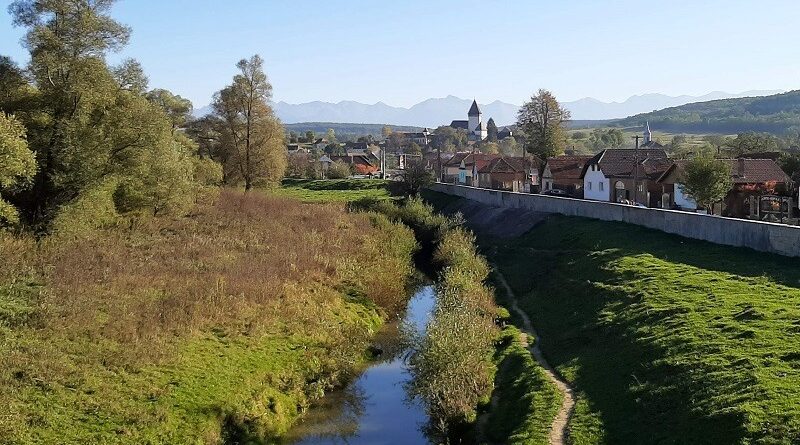The Fortified Church of Hosman (Holzmengen), Sibiu County
This destination guide covers a visit to the Saxon fortified church of Hosman (Holzmengen) in Sibiu County, Romania.
A drive through Sibiu County
After my visit to the highly impressive Saxon fortified church of Biertan I walked back to my car and started to plan where to go next on my Transylvanian road trip.
Although I had shortlisted several other fortified churches in Sibiu County, it dawned on me that I wouldn’t be able to visit all of them as it was already getting late and I still had a relatively long drive ahead to my overnight accommodation in Avrig.
I did however realise that I would still have enough time to visit one more fortified church on my way from Biertan to Avrig.
Having taken a quick look at the map, I made the decision to stop in Hosman on my drive south through Sibiu County.

Richiș
Just 6 kilometres south of Biertan, I passed through the next town that boasted its own fortified church.
This is the town of Richiș, called Reichesdorf in German.
I had contemplated visiting Richiș instead, but upon learning that most of the defensive walls and towers of this fortified church have been dismantled, I decided against it.
However, I couldn’t resist the temptation to make a quick stop in the centre and take a brief 5-minute look around.


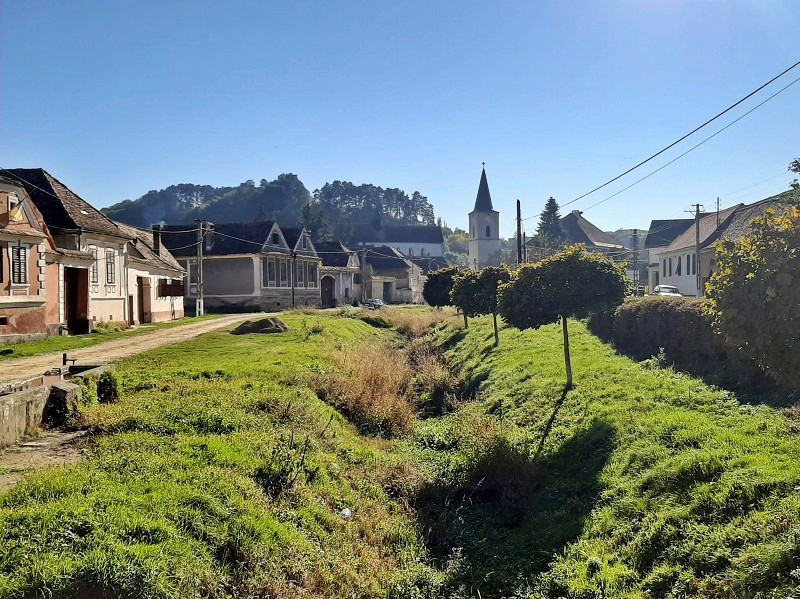




Country roads
Driving further south, some beautiful country roads brought me through towns and villages with names like Bârghiș, Alțâna and Nocrich.
The roads were surprisingly devoid of traffic, which made for a pleasant drive.
A few miles outside of Hosman, the breathtaking silhouette of the Carpathian Mountains began to emerge on the horizon.
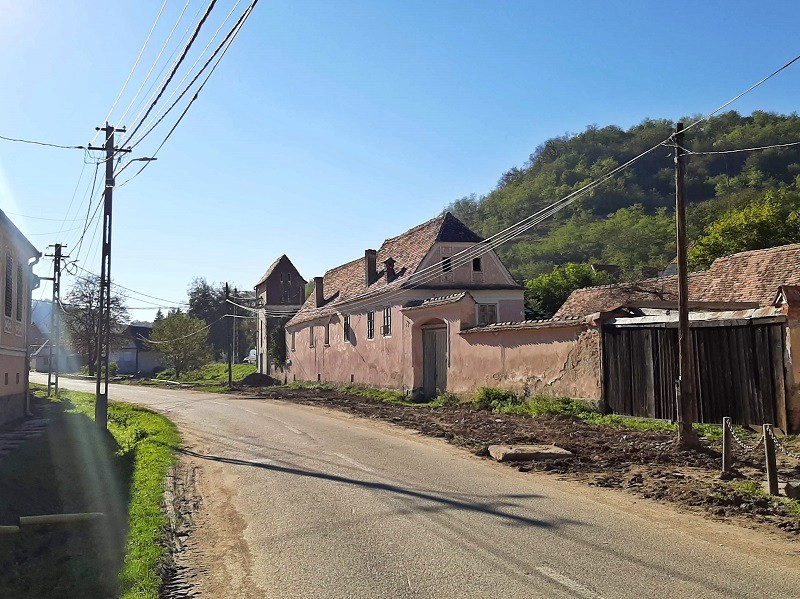
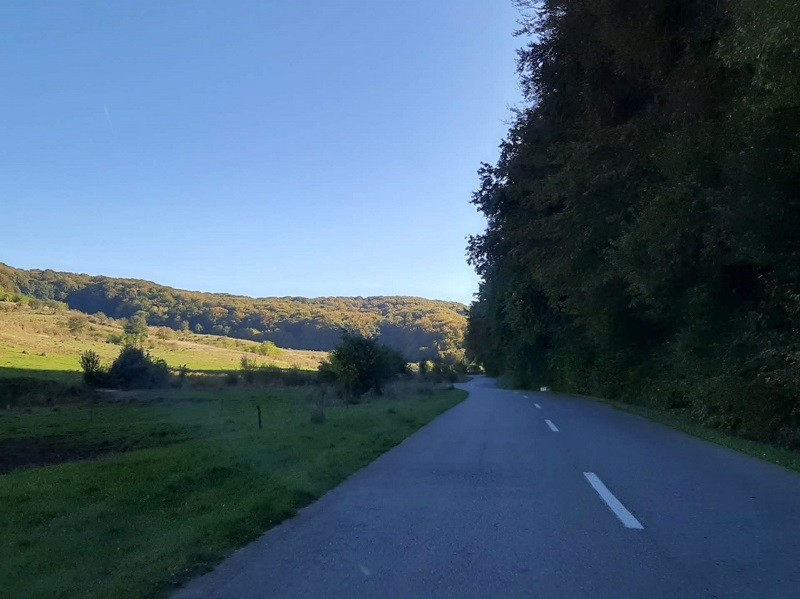
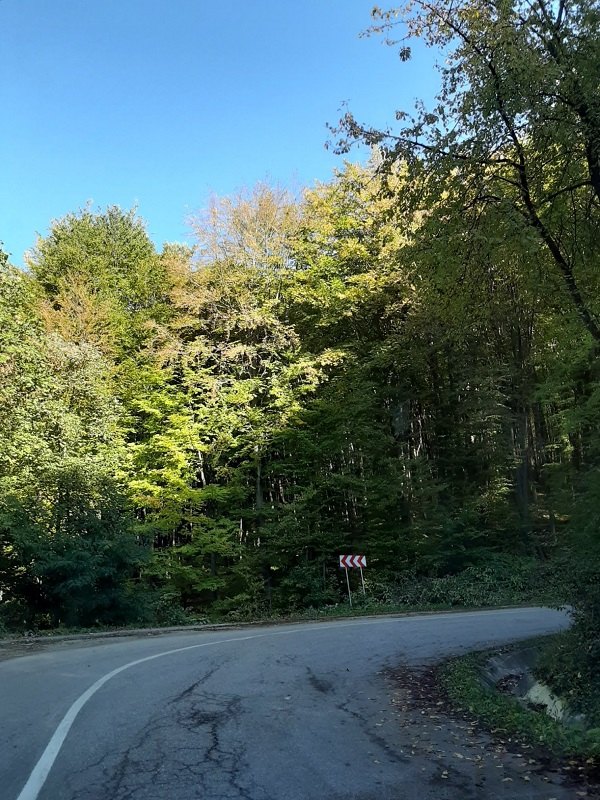




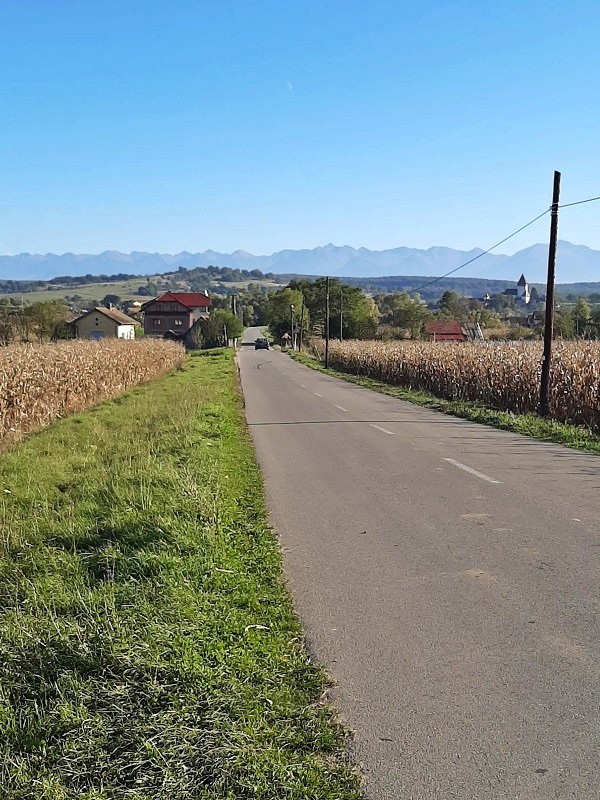
Hosman
Few towns in Romania can rival the picturesque view of Hosman.
Although the Carpathian foothills are still some 35 kilometres further away to the south across the River Olt, these mountains form a spectacular backdrop to the town of Hosman on a clear day.
This is particularly true in winter or early spring, when the snow-capped Carpathians look exceptionally stunning.
The visibility on this autumn day was excellent, allowing me to clearly spot both the fortified church of Hosman and some of the Carpathian peaks in the distance.
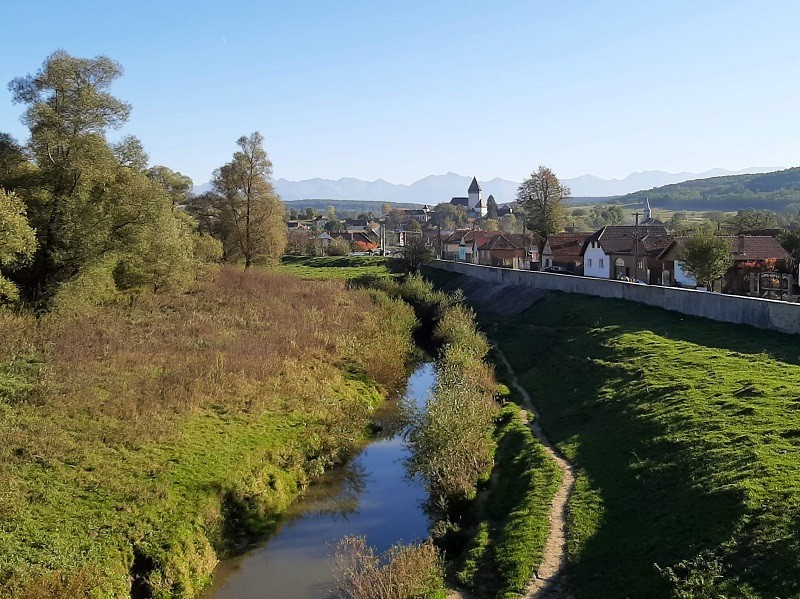
Hosman fortified church
The small town of Hosman, which is called Holzmengen in German, has just under 800 inhabitants.
Hosman’s fortified church is believed to have been built in the late 13th century on a hill overlooking the village.
Around the year 1500 the bell tower was increased in height and equipped with battlements.
The fortified church of Hosman has two layers of defensive walls, which were also built in the early 16th century.
These walls are connected to a gate tower through which you can enter the complex.


A look inside the church
Although originally built in Romanesque style, Hosman’s fortified church was converted into a Baroque hall church in the late 18th century.
The west portal does however still contain some of the old Romanesque reliefs depicting the baptism of Christ in the River Jordan.
Sadly, I couldn’t see any of this as the doors of the church were firmly shut.
I was able to contact the keyholder by phone, but unfortunately, she was too busy to come and open the doors to give me a short tour of the church.
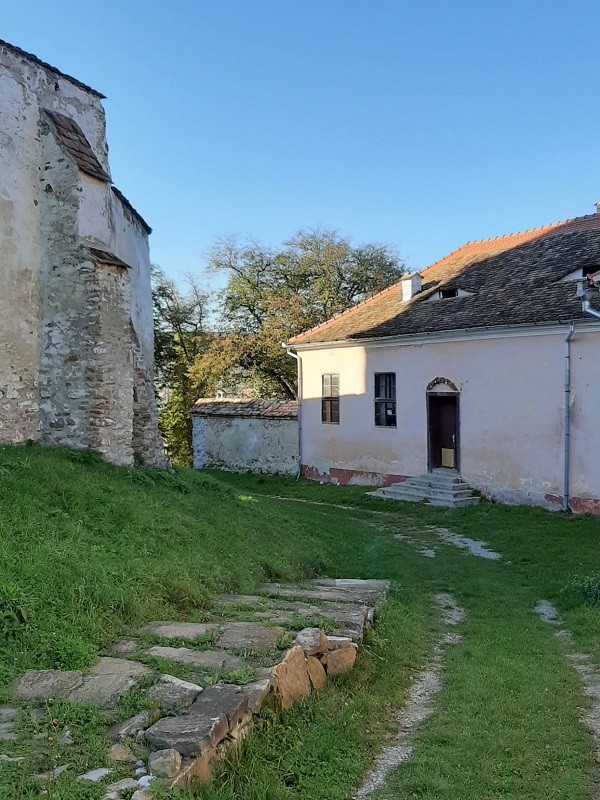
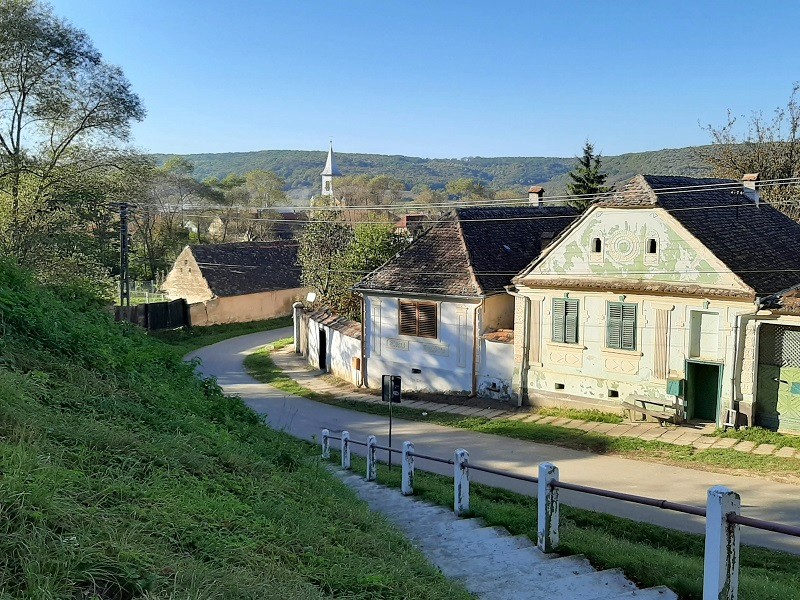


From Hosman to Avrig
From Hosman, it was a relatively short ride to my overnight accommodation in Avrig.
However, the drive took much longer than I had anticipated, as I couldn’t resist making several picture stops along the way due to the breathtaking scenery.
Already on the main road towards Cornățel the views are pretty, but they become even more beautiful once you turn off onto the 104G road towards Săcădate and Avrig.
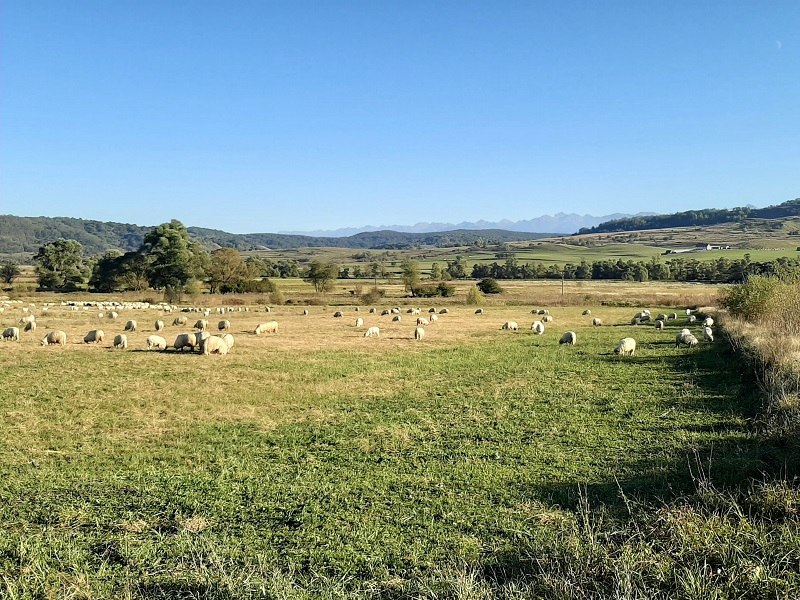
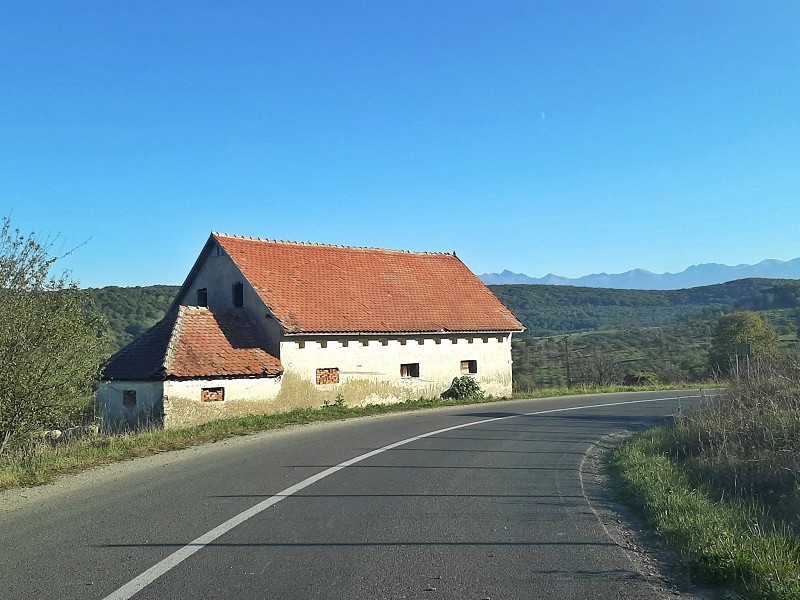
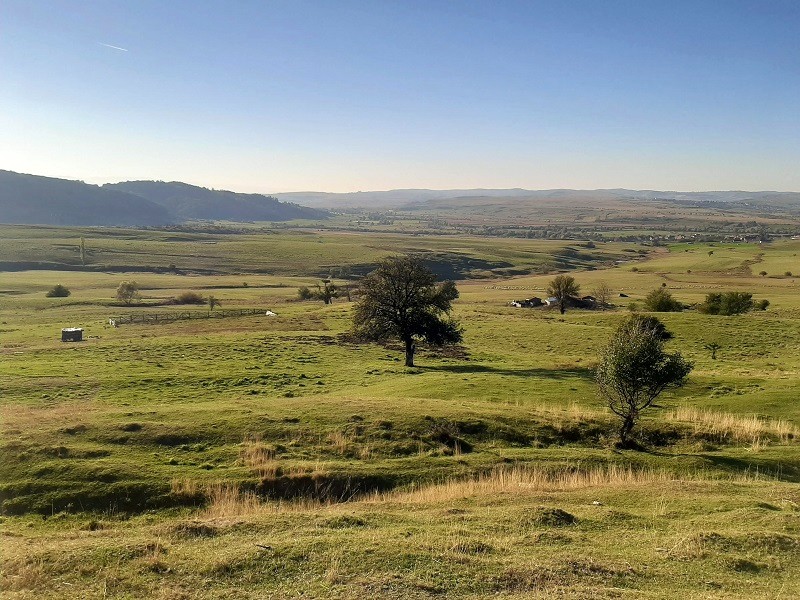
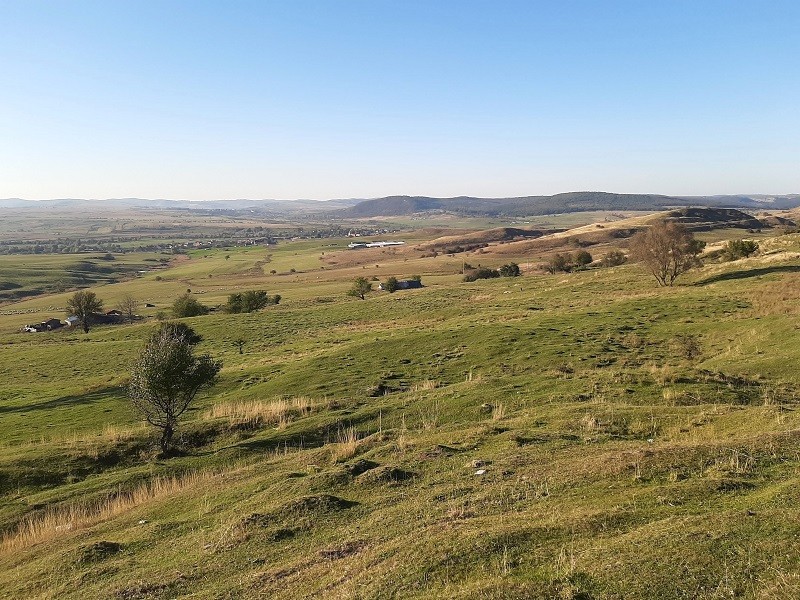
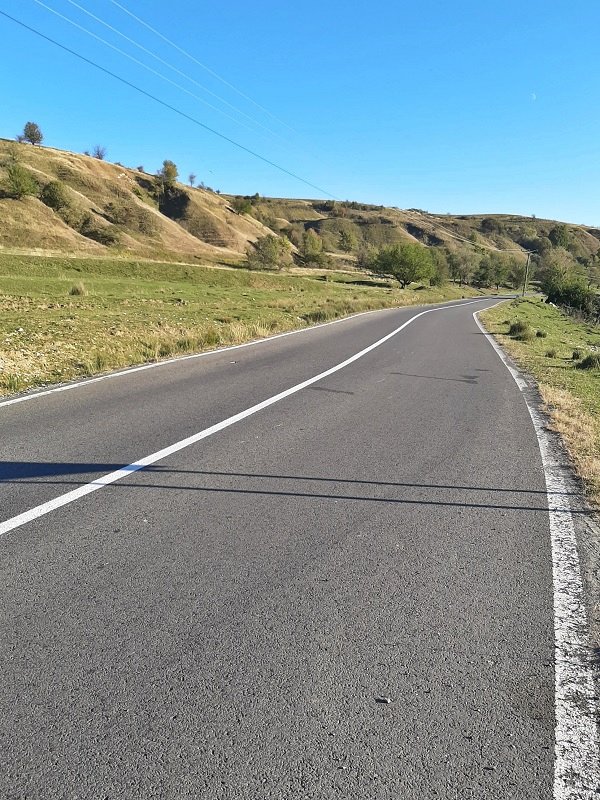
River Olt
About halfway between Cornățel and Săcădate, the road descends into the picturesque valley of the River Olt.
The views from this road are simply breathtaking as on a clear day you can see for miles across in the distance.
Once again, the majestic Carpathian Mountains, or to be precise the Făgăraș Mountains as this subchain of the Carpathians is called, create a formidable backdrop.



Săcădate
Before you reach the River Olt you will first have to drive through the village of Săcădate.
For a small village, Săcădate boasts three impressive churches: A Romanian Orthodox church, a Greek Catholic church, and a Hungarian Evangelical church.
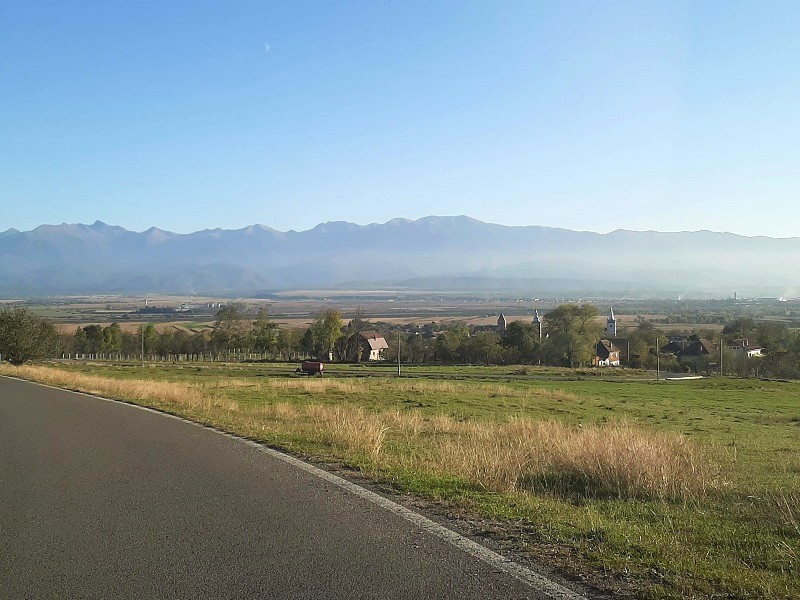




Towards Avrig
Just outside of Săcădate, the road crosses a dam over the River Olt, leading to the southern side of the river.
Due to the presence of multiple dams along its course, which have created large reservoirs, the River Olt often looks more like a canal rather than a natural river.
After crossing the river, I finally arrived in the town of Avrig, where I had planned to spend the night at the charming Brukenthal Palace.

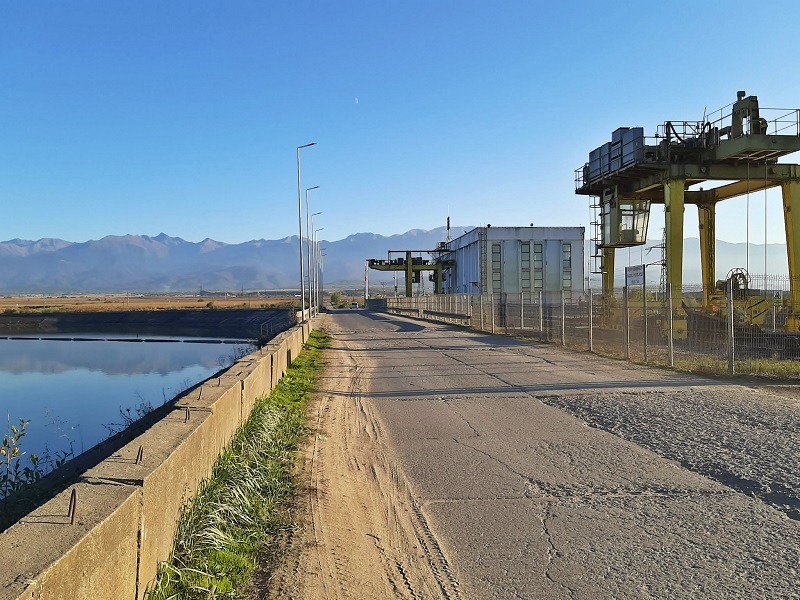


Conclusion
The drive from Biertan to Hosman and Avrig was one of the most beautiful I have experienced in Transylvania.
Although I was sadly not able to visit the interior of the fortified church of Hosman, I still tremendously enjoyed its picturesque setting, accentuated by the awe-inspiring backdrop of the Carpathian Mountains.
When visiting Hosman, be sure to continue your journey south towards Săcădate and Avrig, as the views overlooking the River Olt from this road are truly superb.
Trip report index
This article is part of the ‘Visiting the Saxon Fortified Churches of Transylvania‘ trip report, which consists of the following chapters:
1. The Fortified Church of Harman (Honigberg), Brasov County
2. The Fortified Church of Prejmer (Tartlau), Brasov County
3. The Fortified Church of Feldioara (Marienburg), Brasov County
4. A Visit to Rupea Fortress
5. The Fortified Church of Homorod (Hamruden), Brasov County
6. Racoș: Exploring an Extinct Volcano and Abandoned Castle
7. In the Footsteps of King Charles: A Visit to Viscri, Romania
8. A Visit to the Fortified Church of Viscri, Brasov County
9. A Night Walk Around the Citadel and Old Town of Sighisoara
10. Review: Hotel Casa Wagner, Sighisoara, Romania
11. The Fortified Church of Saschiz (Keisd), Mureș County
12. The Fortified Church of Cloasterf (Klosdorf), Mureș County
13. The Fortified Church of Mesendorf (Meschendorf), Brasov County
14. The Fortified Church of Crit (Deutsch-Kreuz), Brasov County
15. The Fortified Church of Biertan (Birthälm), Sibiu County
16. The Fortified Church of Hosman (Holzmengen), Sibiu County (current chapter)
17. Review: Brukenthal Palace Hotel, Avrig
18. A Visit to Sambata de Sus and the Brancoveanu Monastery
19. Into the Carpathians: A Beautiful Drive to Moieciu de Sus

